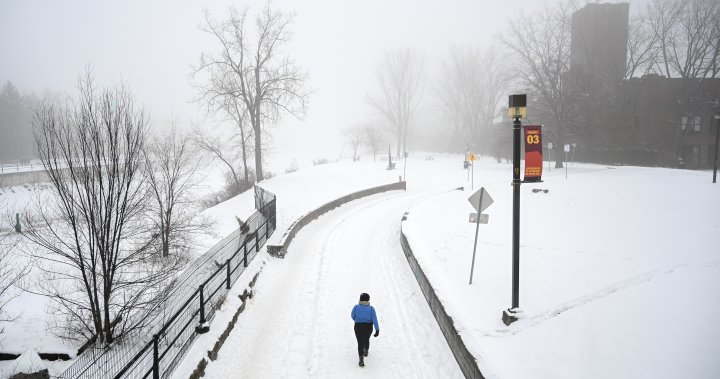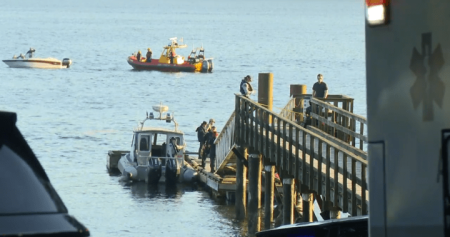The Lachine Canal, celebrating its bicentennial, stands as a powerful symbol of Montreal’s evolution. Originally envisioned as a solution to the Lachine Rapids impeding navigation upstream from Montreal, the canal’s construction was spurred by the competitive threat of the Erie Canal, which promised to elevate New York City as a major port. Commencing in 1821, the 14-kilometer waterway was largely built by Irish immigrants who settled in Griffintown, enduring harsh working conditions and even a deadly labor dispute in 1843. The canal’s completion in 1825 marked the first step in a series of canals along the St. Lawrence River, connecting the Great Lakes to the Atlantic Ocean and transforming Montreal into a vital commercial hub. This transformative infrastructure project not only facilitated trade but also triggered a wave of industrial development along the canal’s banks.
The Lachine Canal rapidly became a magnet for industries attracted by the readily available hydraulic energy from its locks and the unfortunate convenience of disposing waste directly into the waterway. By the early 20th century, the canal’s banks were densely packed with factories spanning a wide range of industries, from flour mills and textile factories to tool manufacturers and the imposing Redpath Sugar refinery. This industrial boom solidified the canal’s position as a crucial engine for the Canadian economy, with over 600 businesses operating along its banks throughout its 200-year history. The canal represented not just a local economic powerhouse, but a vital artery of Canadian commerce, connecting raw materials, manufactured goods, and markets across the nation.
The canal’s dominance, however, was not destined to last. The opening of the St. Lawrence Seaway in 1959, offering a deeper and more efficient route for larger ships along the river’s south shore, rendered the Lachine Canal obsolete. The subsequent closure of factories along the canal devastated the surrounding working-class communities, leading to significant job losses and mass migration. By 1970, the canal was officially closed to commercial shipping, relegated to the status of a neglected drainage ditch, its industrial legacy seemingly fading into obscurity. Some sections were even filled in, a stark symbol of its decline and the apparent end of its utility.
Yet, the story of the Lachine Canal was far from over. In 1978, Parks Canada assumed control of the site, initiating a revitalization effort that aimed to reclaim and reinterpret its historical significance. This move coincided with the rise of Quebec nationalism, and the canal’s restoration was seen by some as an assertion of federal presence. Designated a national historic site in 1996, the Lachine Canal underwent a major transformation, reopening to recreational boating in 2002. The once-neglected waterway was reborn as a vibrant public space, offering kayaking, pedal boating, cycling paths, and even the unique experience of climbing the repurposed silos of the former Redpath refinery.
The canal’s revitalization, however, also sparked a wave of gentrification. Upscale condos now line large sections of the canal, and the old Redpath refinery has been converted into luxury lofts, catering to a demographic far removed from the working-class communities that once called the area home. This transformation has fueled debate about the balance between preserving historical heritage and addressing the needs of current residents. While the canal attracts over a million visitors annually and contributes to the city’s economy, the rising cost of living in the area has displaced many long-time residents, raising questions about equity and access.
The future of the Lachine Canal remains a subject of ongoing discussion. While the City of Montreal aims to attract tech startups and social enterprises to the area, the high cost of decontaminating and renovating old industrial sites often leaves condo developers as the primary investors. This dynamic perpetuates gentrification, creating a tension between preserving the physical remnants of the canal’s industrial past and acknowledging the social history of the communities that built and sustained it. The challenge lies in finding a path forward that honors both the canal’s industrial legacy and the needs of a diverse and evolving urban population. The Lachine Canal’s journey reflects the broader challenges faced by cities grappling with industrial decline, urban renewal, and the delicate balance between preserving the past and shaping the future.










